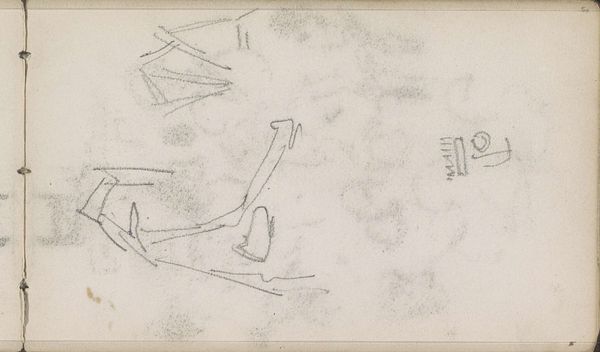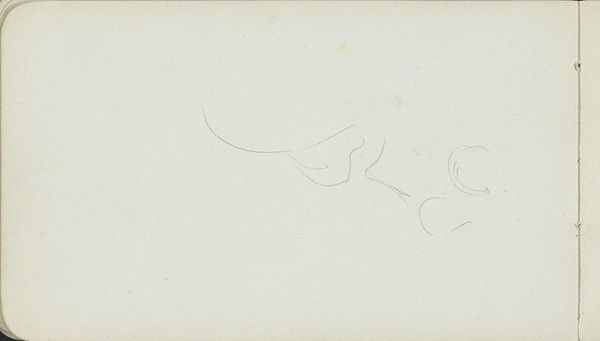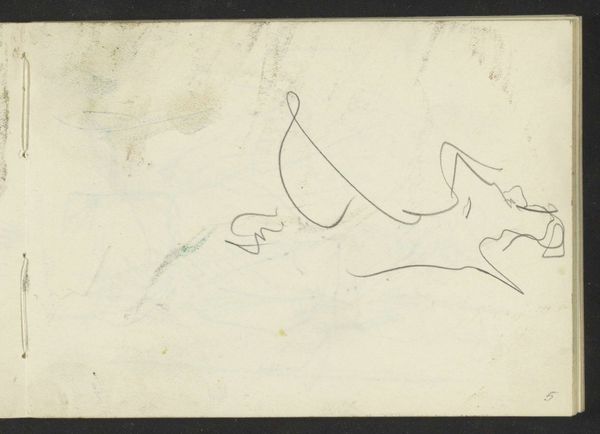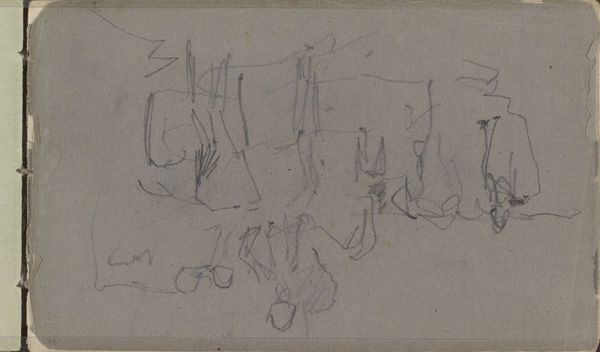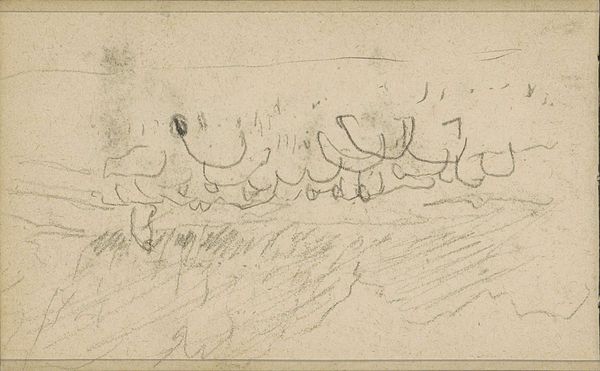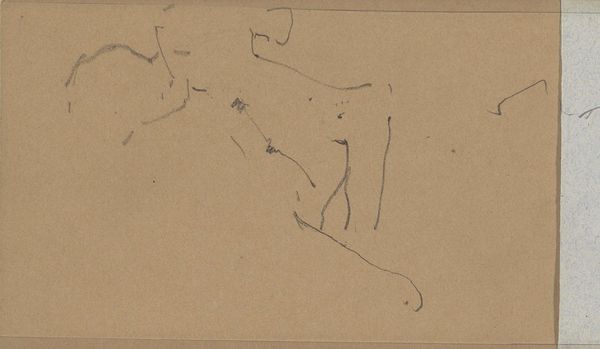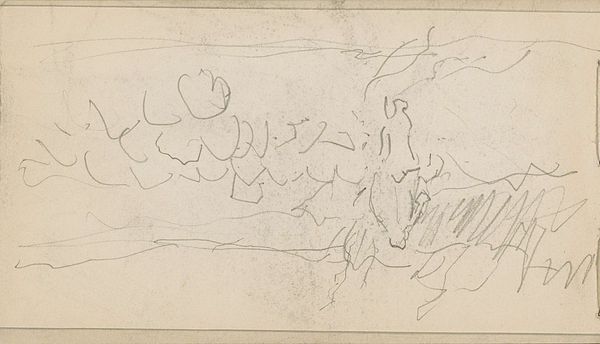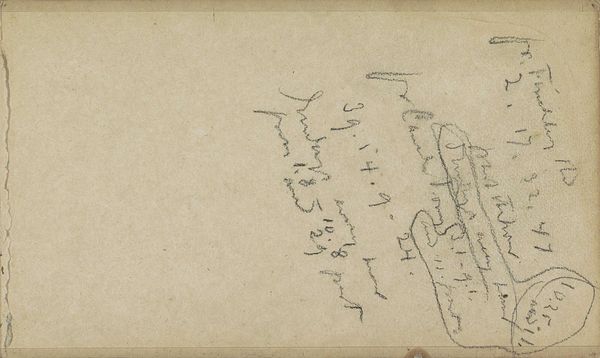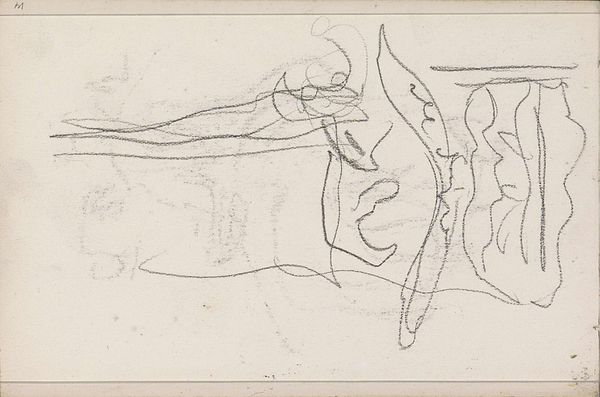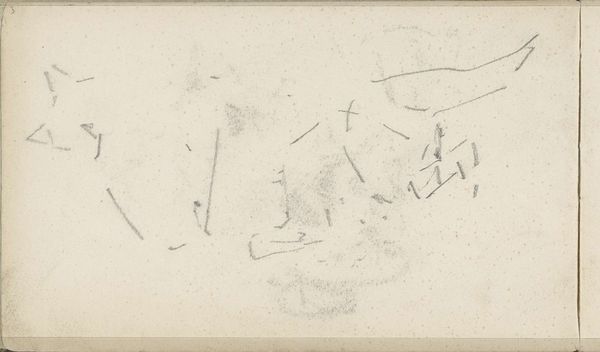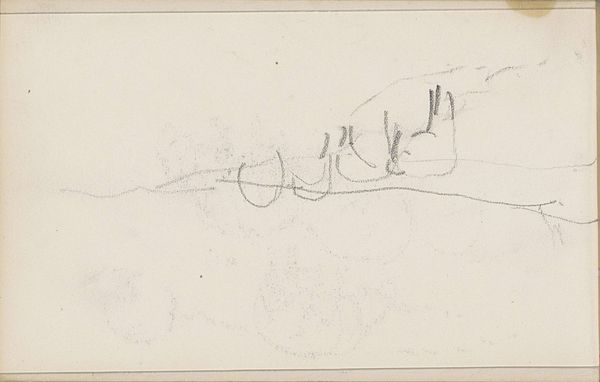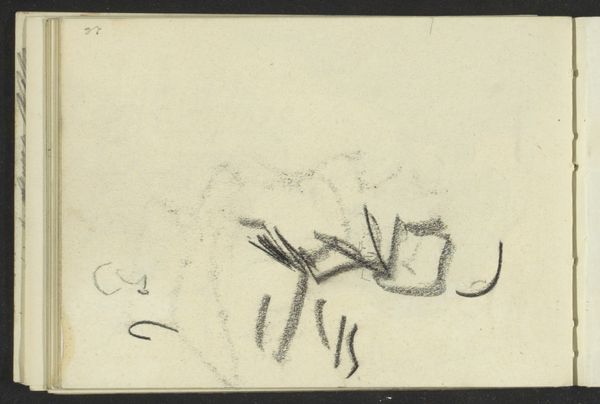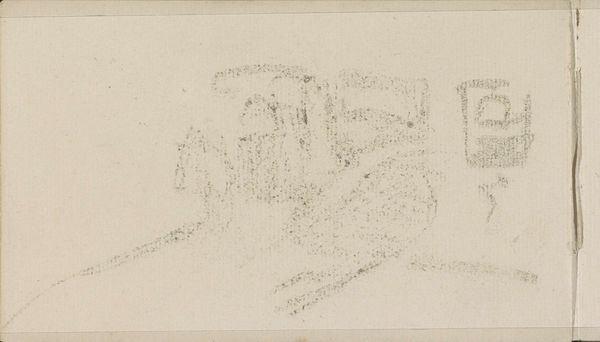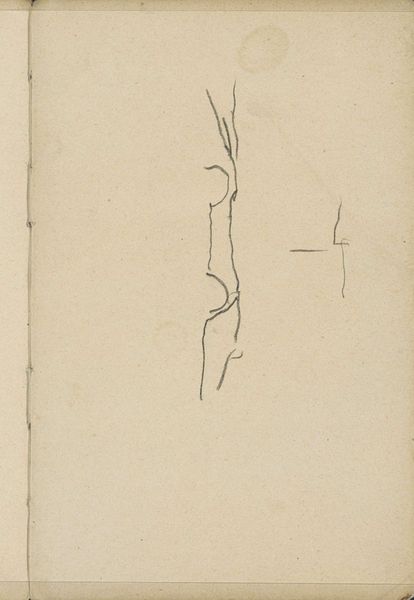
drawing, pencil
#
drawing
#
impressionism
#
landscape
#
pencil
#
realism
Copyright: Rijks Museum: Open Domain
Anton Mauve made this simple graphite drawing of sheep in a landscape. The lines are economical, almost like shorthand. Mauve was a leading figure in the Hague School, a group of Dutch artists who embraced realism, often depicting rural life. Consider what it meant to choose such a subject at this time. The Netherlands, like other European countries, was rapidly industrializing, and traditional ways of life were disappearing. The humble materials of paper and graphite further emphasize the connection to the land and to labor. The drawing embodies a directness and lack of pretension that aligns with the values of the Hague School. It invites us to appreciate the beauty and dignity of everyday life, and to recognize the value of craft in capturing these fleeting moments. Ultimately, understanding the materials, the making, and the context allows us to move beyond traditional distinctions between fine art and craft, and to appreciate the full meaning of Mauve's drawing.
Comments
No comments
Be the first to comment and join the conversation on the ultimate creative platform.
